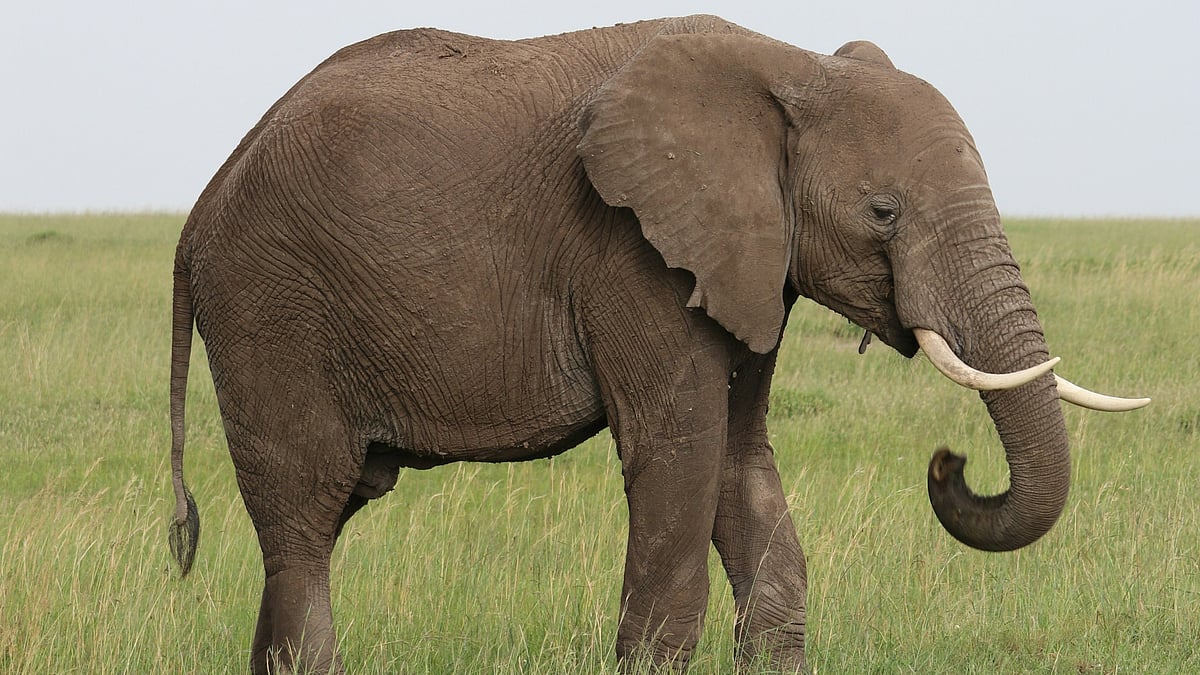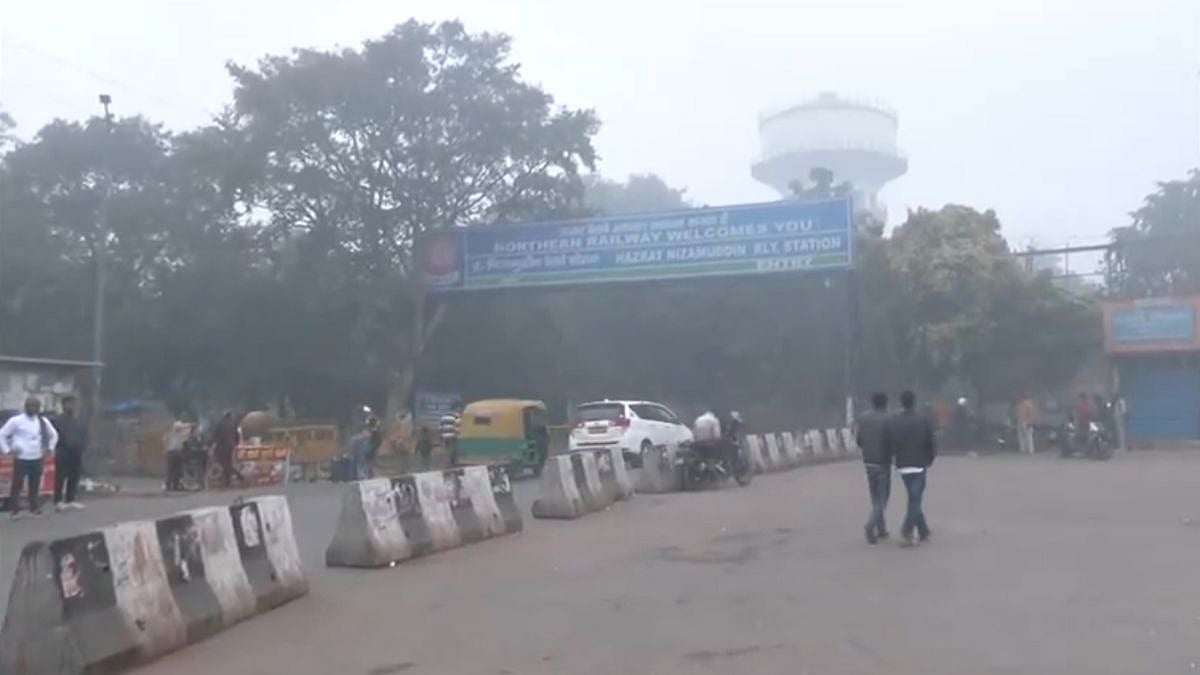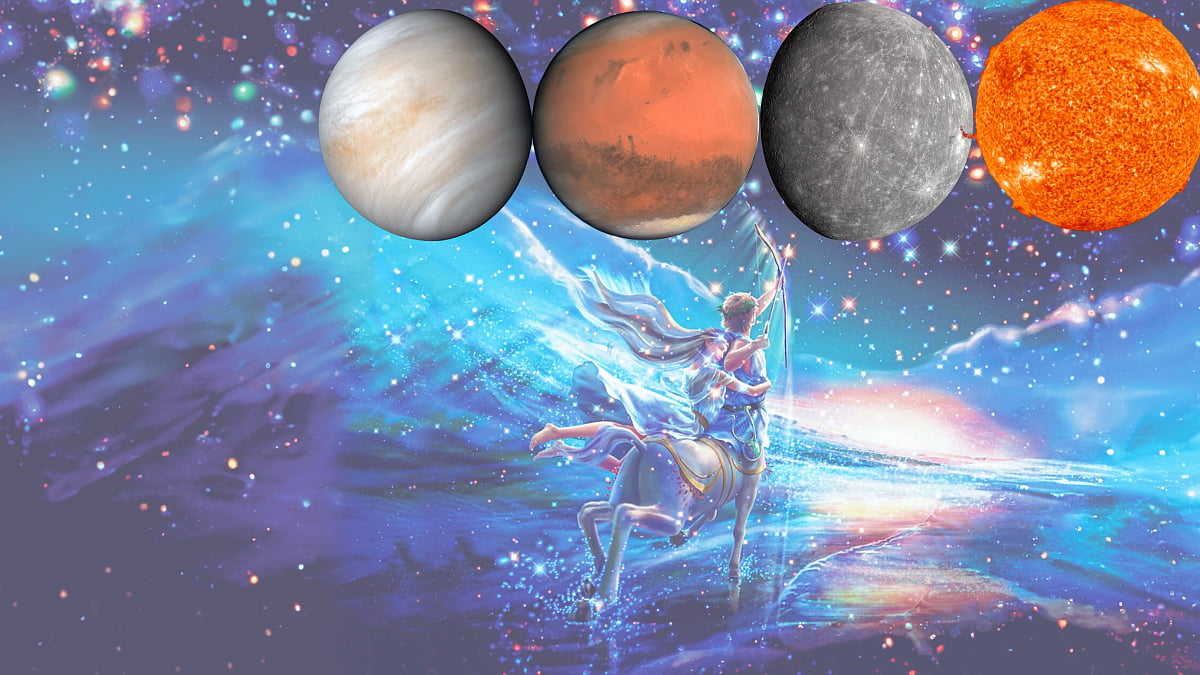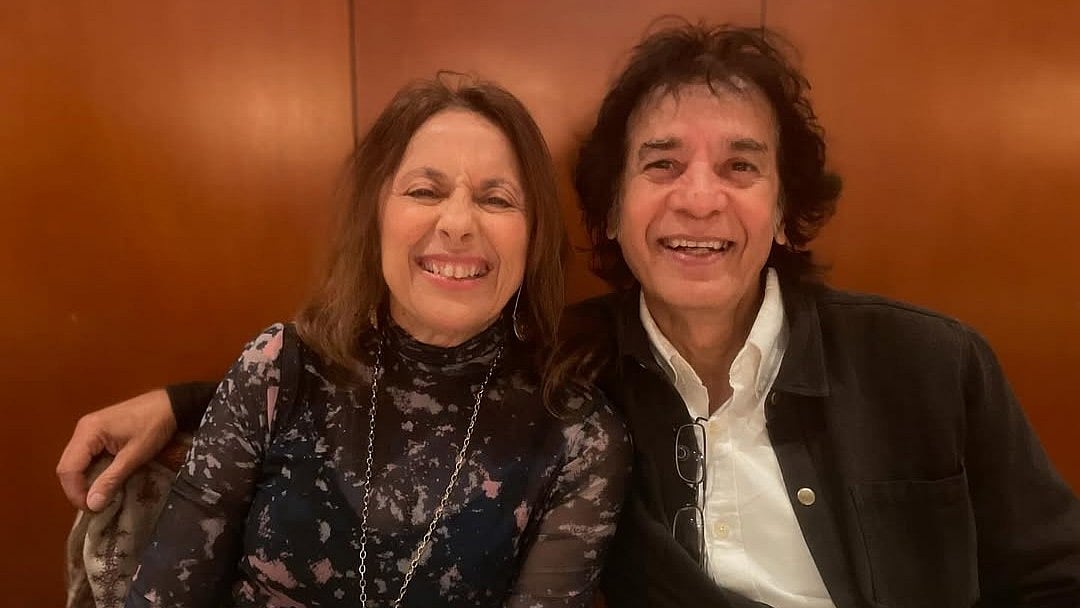The Kondivita caves, popularly referred to as the Mahakali caves, are a collection of 19 caves that were excavated between 1st century BCE and 6th century CE out of a solid mountain of black basalt rock in the Mumbai suburb region of Andheri East.
Two distinct cave kinds exist here. Buddhist prayer rooms-called Chaityas, and monk cells called Viharas. Due to the fact that the caverns were made of basalt - a volcanic rock formed from trap breccias, they are vulnerable to weathering. For this reason, numerous statues and walls have been damaged. In addition to their matt black appearance, rock-cut cistern patterns can be seen all around the cave walls.
These finely carved out caves date back to the Ashokan Empire. Buddhist monks may have used these caves as evidenced by the presence of a stupa. The caves were used as homes and meditation spaces by Buddhist monks for more than 2,000 years. On the walls are texts written in Pali, a language older than Sanskrit. According to the inscription, the Vihara at Mahakali was donated by a person from Paspauli, which is located a few kilometres from the caves. The caves served as an active monastery connected to Kanheri from the 1st century BCE to the 12th century CE and was sustained by donations from the neighbourhood. One of the stupas that was initially constructed as a Buddhist memorial fell from the caves to the foothill, and was revered as a Hindu lingam statue, worshipped as the Mahakali Mandir.

The Buddhist Stupa, sculptures, and texts on the wall are all located in Cave 9, making it the most significant of all. The skill with which those sculptures were created will amaze you. These featured representations of mythological beings from Buddhism, with each figure as if narrating a story. The governments have worked hard to preserve it even though the majority of these have been mutilated. In addition to the caverns, there are a total of 22 water reservoirs, two placed on either side of a cave. There is subsurface water that is existing in these deep dug- holes and is presently used for garden care.

The Mahakali caverns are accessible from 9 am to 5 pm. Visitors must purchase INR 20 entry tickets at the entrance. The Mahakali caves are sometimes referred to as Kondivita caves after the name of the nearby village. The archaeologists and history buffs frequent these caves and love it here. The caves are surprisingly tidy and well-kept. Since they are outside of the city, they exude a sense of tranquillity. The site can be explored in two to three hours. You are free to take as many photos as you like inside because cameras and videos are permitted. Outside the caverns, there is a lovely garden with huge, shady trees where you can relax and take in the refreshing breeze. There are also portable toilets available inside the site.
The Mahakali caves are one of the most stunning and rare rock-cut monastic specimens, existing till today. One must definitely pay a visit to this place as it gives a unique experience, taking you away from the materialistic world for a while and leaving you rejuvenated.










